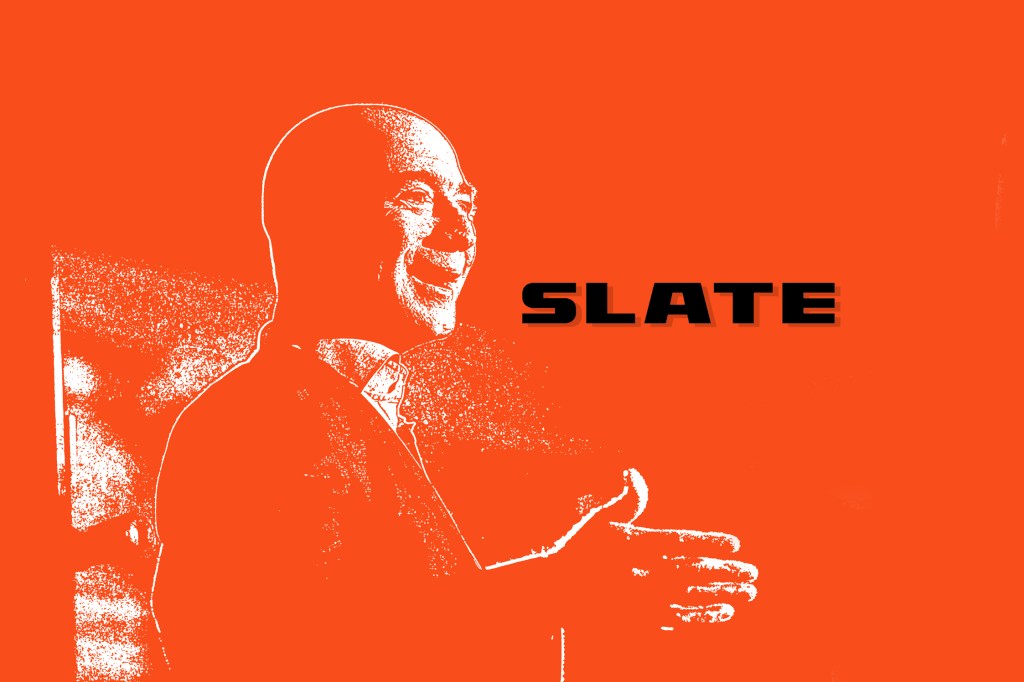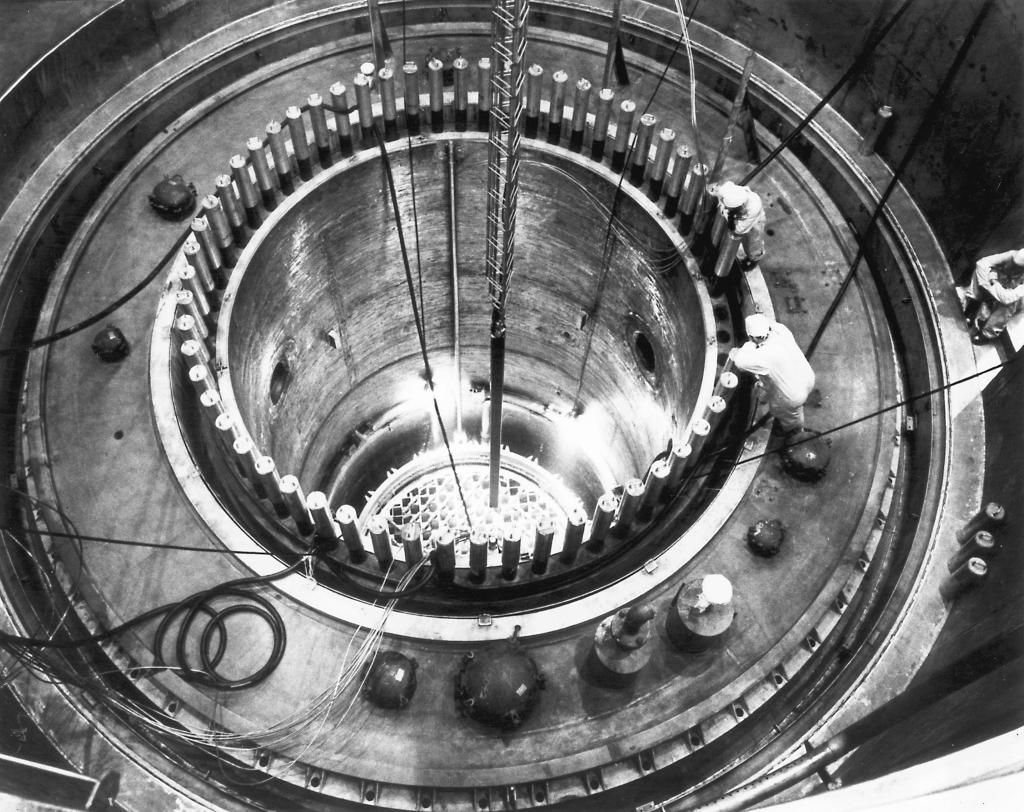Innovative Rocket Technologies Inc. (iRocket), a New York-based startup specializing in reusable rocket technology, has announced plans to go public through a $400 million merger with BPGC Acquisition Corp., a special purpose acquisition company (SPAC) founded by former U.S. Commerce Secretary Wilbur Ross. The transaction is anticipated to close in the fourth quarter of 2025, with the merged entity aiming for a listing on the Nasdaq stock exchange.
iRocket’s Vision and Technological Ambitions
Established in 2018, iRocket focuses on developing fully reusable rockets designed for rapid turnaround launches. Their flagship project, the Shockwave launch vehicle, is a 125-foot-tall rocket capable of delivering payloads ranging from 300 kg to 1,500 kg to low Earth orbit (LEO). The Shockwave is powered by a proprietary liquid oxygen and methane-fueled engine, which is 3D-printed and engineered for full reusability. The company has set an ambitious target for the Shockwave’s maiden flight in 2027.
In support of its technological development, iRocket has secured several government contracts. In 2020, the company received a $1.5 million Small Business Innovation Research (SBIR) Phase 2 contract from the U.S. Air Force. This was followed by an $18 million Cooperative Research and Development Agreement (CRADA) with the Air Force Research Laboratory (AFRL) in 2023, aimed at testing its engine technology. Additionally, iRocket was awarded a $1.8 million Tactical Funding Increase (TACFI) contract from the U.S. Space Force’s Space Systems Command to further develop its reusable rocket engine.
The SPAC Landscape and BPGC Acquisition Corp.’s Challenges
SPACs, which gained popularity during the 2020-2021 boom, have experienced a resurgence in 2025 amid macroeconomic uncertainties and tariff-related challenges affecting traditional initial public offerings (IPOs). BPGC Acquisition Corp., originally known as Ross Acquisition Corp II, raised $345 million in its IPO in March 2021. However, after failing to identify an acquisition target by September 2024, the SPAC returned a significant portion of its funds to shareholders, leaving only $1.6 million in trust by October 2024. The remaining shareholders, primarily the SPAC’s sponsors, extended the deadline to find an acquisition target to March 2026.
BPGC’s previous attempt to take biopharmaceutical company Aprinoia Therapeutics public in January 2023 was terminated eight months later. Subsequently, the New York Stock Exchange initiated delisting proceedings against the SPAC in March 2025. The merger with iRocket represents a critical opportunity for BPGC to fulfill its acquisition mandate and maintain its listing status.
Financial Considerations and Market Competition
Despite its innovative aspirations, iRocket has raised only a few million dollars in venture funding, according to PitchBook data. The aerospace industry is notoriously capital-intensive, and iRocket has yet to conduct a test flight of its Shockwave vehicle. Competitors such as Firefly Aerospace and Rocket Lab have already achieved successful launches and secured substantial funding, positioning them ahead in the market.
The small satellite launch market is becoming increasingly crowded, with vehicles like Firefly’s Alpha and Rocket Lab’s Electron already operational. For iRocket to carve out a significant market share, it must demonstrate the viability of its fully reusable, rapidly refurbishable launch system capable of 24-hour turnaround times—a challenging set of objectives.
Strategic Partnerships and Future Prospects
In 2021, iRocket signed a multi-launch agreement with Turion Space, a company developing spacecraft for orbital debris removal and satellite servicing. Under this agreement, iRocket is slated to launch 20 of Turion’s Droid satellites across 10 missions, contingent upon the successful development and deployment of the Shockwave vehicle.
The merger with BPGC Acquisition Corp. is expected to provide iRocket with the necessary capital to advance its technology and infrastructure. However, given BPGC’s depleted cash reserves, the success of this merger will likely depend on securing additional funding through private investment in public equity (PIPE) rounds or other financing mechanisms.
Conclusion
iRocket’s decision to go public via a merger with BPGC Acquisition Corp. is a bold move that underscores the company’s ambition to become a significant player in the reusable rocket market. While the partnership offers potential benefits, including access to public capital markets and increased visibility, it also presents substantial challenges. The success of this venture will hinge on iRocket’s ability to meet its technological milestones, secure additional funding, and navigate the competitive landscape of the aerospace industry.



